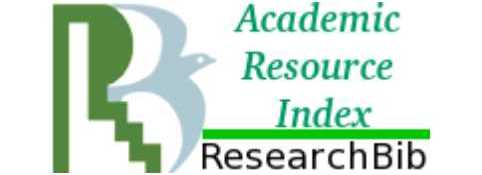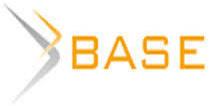This study presents a comprehensive topic modeling analysis of scientific abstracts in the field of artificial intelligence (AI) applied to dentistry. We compiled and analyzed 3,170 peer-reviewed abstracts published ...
The study presents a corpus and parametric analysis of 785 nominations of Russian cultural code referents in academic discourse. The dataset amounting 1.5 mln. tokens comprises a collection of ...
This paper argues that electronic corpora provide a rich source of data and a useful tool for semantics. More specifically, collocations, semantic preference and semantic prosody of the basic ...
The goal of this paper is to investigate attributive constructions in the poetry of Vladimir Nabokov. The material comprises Nabokov’s lyric poetry, published by the author himself in collections ...
The study investigates the impact of active and passive voice on the comprehension of research articles among readers with varying language proficiency levels, addressing the gap in understanding ...
Background: Although scoping reviews have gained recognition as an independent form of scholarly synthesis, the rhetorical structure of their Discussion sections remains theoretically underdeveloped and is not always implemented ...
The article describes the methodology of data collection for the formation of affective norms for 1000 frequent words of the Russian language according to the parameters arousal (intensity of ...
Much research on interest has taken place in the educational field of reading, raising questions about text-based interest. The study examines how discourse structures affect students’ interest in textbooks ...
The article seeks to compare how linguistics and engineering scholars employ research gap identification (RGI) strategies by identifying their types, analyzing their supporting linguistic resources, and calculating their frequencies. ...
The study aims to identify (1) morphological complexity predictors and (2) domain inherent markers able to differentiate subject areas of academic text in Russian. The total size of ...
Linguistic corpora have been used in a wide range in recent years. Different types of linguistics analyses in both spoken and written discourses are being conducted using the corpus ...
Data obtained by means of keystroke logging software, which records all writing events, i.e., all keypresses with their time stamps, are widely used in different research fields and ...
Graph-based Natural Language Processing (NLP) methods have seen significant advancements in recent years with the development of Large Language Models (LLMs) and Retrieval Augmented Generation (RAG). LLMs are sophisticated ...
In this paper, we investigate whether temporal gestures indicating different events in time can convey information about the relative timing of these events. We depart from the assertion, that ...
The article describes the experience of creating a corpus-based list of the most relevant multi-word expressions for Russian L2 learners, distributed across the levels of the Common European Framework ...
Contact-establishing is deservedly characterized as the major function of communication. Until recently, it has been mostly subjected to linguistic analysis aimed at identifying its discursive markers. Meanwhile, contact-establishing frequently ...
The paper expands on the analysis of key projects adoring the machine translation (MT) hall of fame and their role in addressing practical tasks. The most successful initiatives suggest ...
In the context of the development of text generation technologies, the opposition “naturalness − unnaturalness of text” has been transformed into a new dichotomy: “naturalness – artificiality”. The aim ...
The fact that there are individual differences in word semantics is recognized by lots of scholars. However, establishing and describing such differences is a complex scientific task involving ...
In this article we test the hypothesis that genre-inherent quantitative linguistic parameters can be reduced to a list of few provided with strictly defined ranges of value. The ...
Page 1 of 3
|
Next
All journals
Send article
Research Result. Theoretical and Applied Linguistics is included in the scientific database of the RINTs (license agreement No. 765-12/2014 dated 08.12.2014).
Журнал включен в перечень рецензируемых научных изданий, рекомендуемых ВАК

















